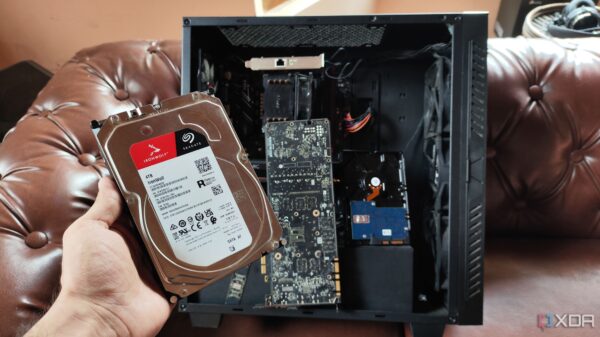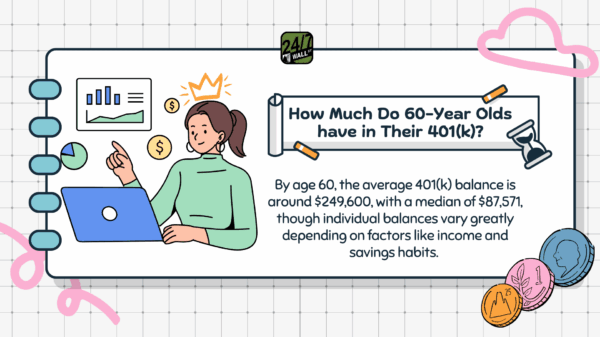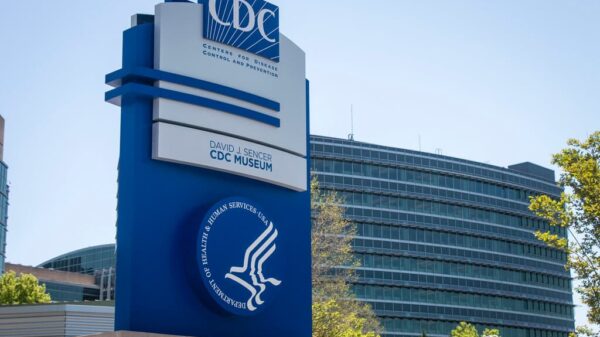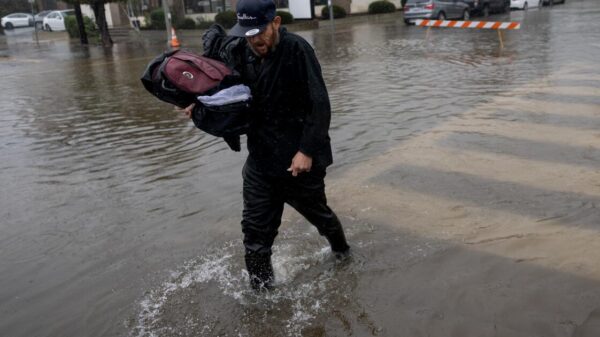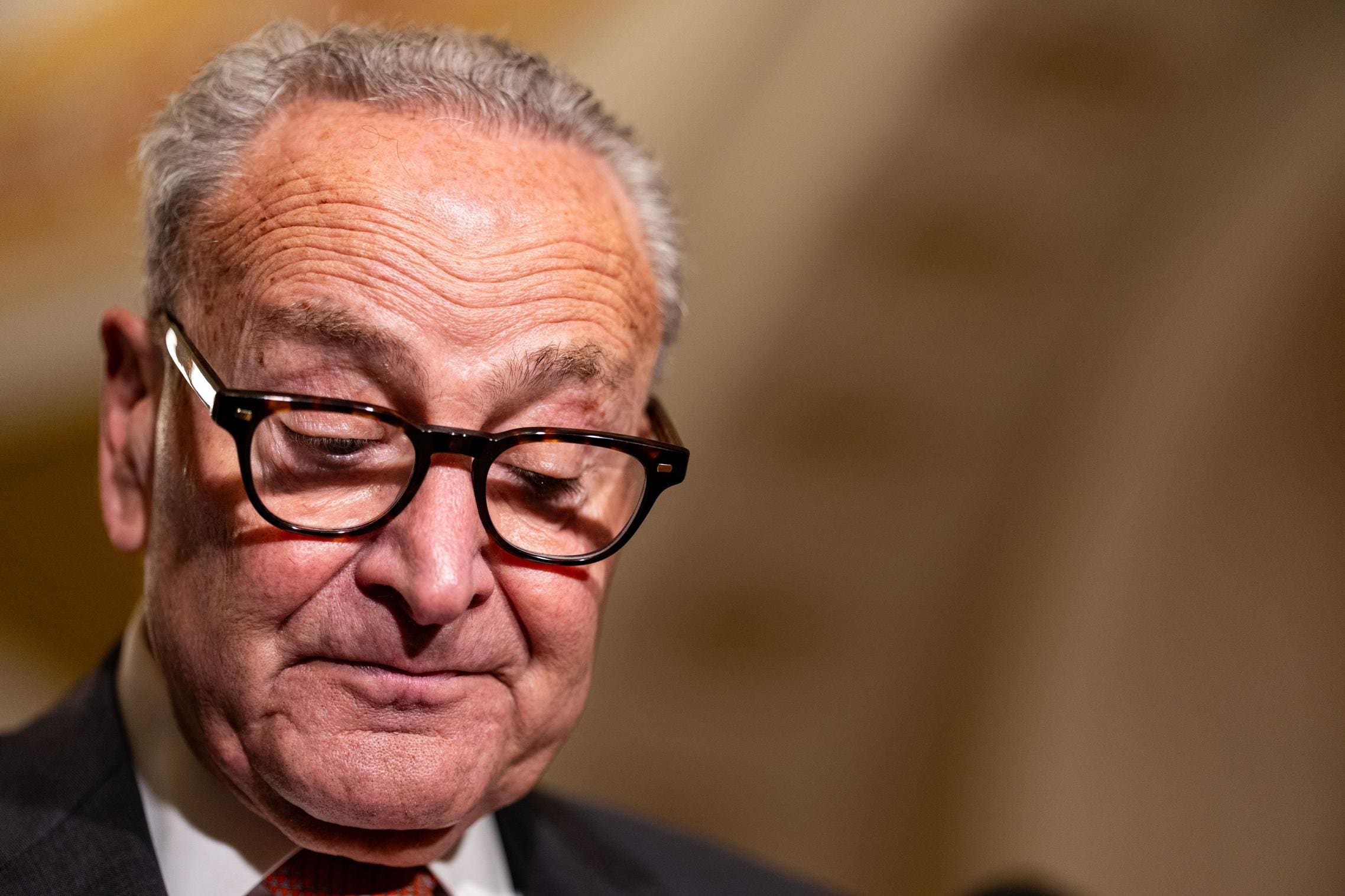UPDATE: The federal government is on the brink of a shutdown as budget negotiations reach a critical stalemate. With only days left until the deadline on September 30, Democrats are leveraging their power against the Trump administration, refusing to authorize a continuation of the current spending plan.
This standoff carries significant implications for the Democrats, who face a historic favorability rating of just 34% according to Gallup. The urgency to repair their image before the midterm elections intensifies as they weigh the risks of being blamed for a government closure if no agreement is reached by the October 1 cutoff, when the government will cease operations.
Key to the Democrats’ strategy is their demand for an extension of enhanced tax credits in the Affordable Care Act, set to expire soon. Political analysts, including Nate Silver from FiveThirtyEight, warn that agreeing to these demands could bolster Republican candidates in swing districts, ultimately backfiring on the Democrats.
In contrast, some experts, like Ezra Klein from The New York Times, suggest that a government shutdown could serve as a powerful statement against the Trump administration’s governance. Klein emphasizes that this move could resonate with voters who are frustrated with the administration’s handling of various issues, from aggressive immigration policies to the deployment of federal troops.
The White House’s Office of Management and Budget has instructed federal agencies to prepare for a potential shutdown by identifying budget cuts that do not align with President Trump’s priorities. Reports indicate that agencies are drafting plans for workforce reductions, marking a harsher approach compared to previous shutdowns, which typically resulted in furloughs for non-essential workers.
If Congress fails to approve a new spending plan by October 1, non-essential federal employees—including those in national parks—will be furloughed, while essential personnel will continue working without pay. Programs like Social Security, Medicare, and Medicaid will remain unaffected, but the closure could significantly disrupt daily government operations.
Complicating matters, President Trump has canceled a meeting with Democratic congressional leaders, criticizing their demands as “unserious and ridiculous.” This move heightens tensions as both parties grapple with the implications of a shutdown on public perception and their legislative agendas.
As the deadline approaches, the stakes have never been higher for both parties. With polls showing Democrats trailing Republicans at 38%, the pressure mounts to find common ground or risk the fallout of a government shutdown. The political landscape is shifting rapidly, and all eyes are on Capitol Hill as the clock ticks down to September 30.
What happens next? Watch for last-minute negotiations, possible concessions, and the public’s reaction as the potential shutdown looms larger. This situation demands immediate attention and engagement from all stakeholders involved.





